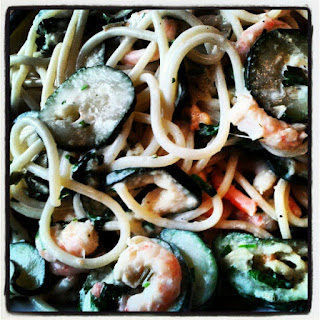Hello all...Hope you had a very good and bountiful Christmas. Sorry for not posting anything for a while but we have been very busy for a couple of months (still am). I was asked to share this recipe and I am so glad they did as this is one our favourite stews EVER!! I have inherited this recipe from my mum...she has been doing it since the 70's..oh the taste of peanuts and the hint of spice mmmmm!!!No wonder it has been a favourite in our family for ages. Mum always cooked it traditionally, that is, in a casserole. I always cooked it in a casserole as well until we got our slow cooker...it is very easy to prepare...you need (HAVE) to serve this with mashed potatoes!!! We are quite sure that once you have tasted this stew you will definitely ask for a second helping :) So, give it a go and do not worry if you do not have a slow cooker, we will tell you the cooking times for both. You will need...
- 800g diced stewing beef
- 2 large onions, chopped
- 4 medium carrots, sliced
- 1 clove garlic, finely chopped or crushed
- 25g butter + 1 tbsp olive oil, for frying
- 2 level tablespoons tomato puree
- 1 large bay leaf
- Pinch ground ginger
- Pinch ground cloves (NOT TOO MUCH as it will ruin the dish)
- 1/8 teaspoon cayenne pepper (or to taste)
- Salt & pepper
- 1 tablespoon red wine vinegar (any other vinegar will do)
- 400ml beef stock (or 2 cubes in boiling water)
- 2 or 3 tablespoons crunchy peanut butter
Method
- In a large pot heat the butter and olive oil together until sizzling. Add the beef and vegetables (onions, carrots and garlic) and fry for a few minutes, stirring frequently.
- Add the tomato puree, ginger, cloves, cayenne pepper, salt & pepper, bay leaf, vinegar and stock and give it a good stir to blend all the ingredients.
- That's it!! Now transfer to your casserole or slow cooker. So, if you are cooking it in a traditional oven, this has to be preheated to 180°C and then cook the stew for 2 or 2 and a half hours. If using a slow cooker just transfer everything in the slow cooker and cook on high for 5 hours or on low for 8-9 hours.
- When done, take out of the oven or remove slow cooker lid and stir in the peanut butter, at this point it is up to you how much peanut butter you add...we always add 3 tablespoons as we love it taste and crunchy texture that it gives the stew. Make sure you stir it in well.
- DONE!! Now serve with mashed potatoes and maybe some peas!!
Enjoy!!
R&A











